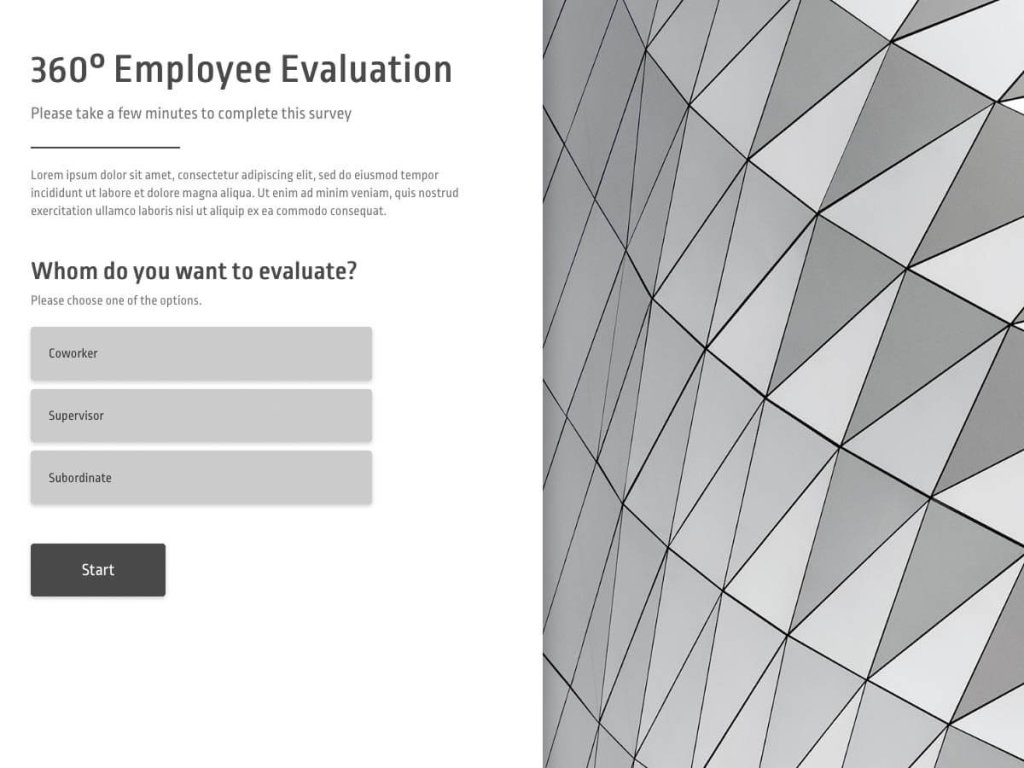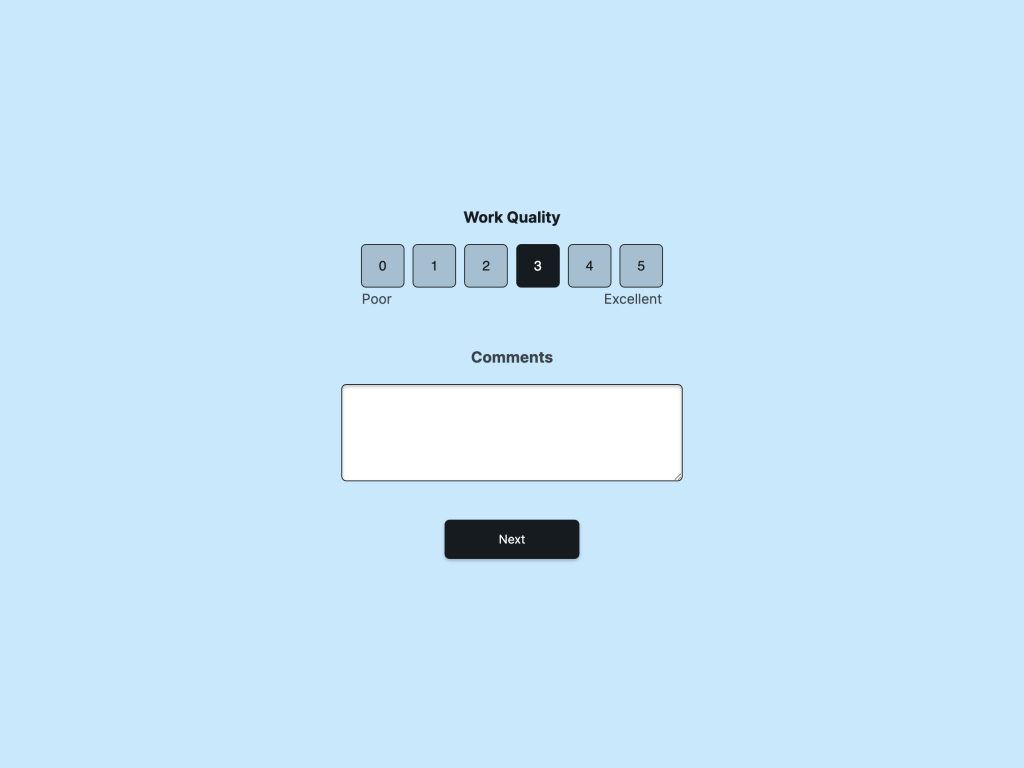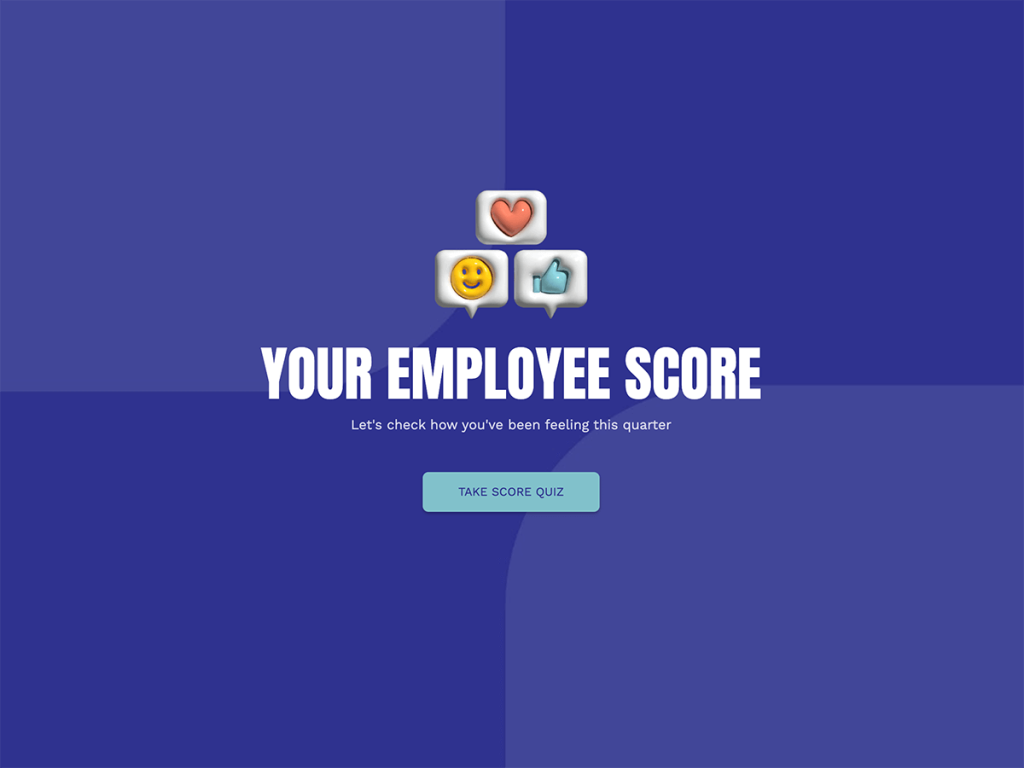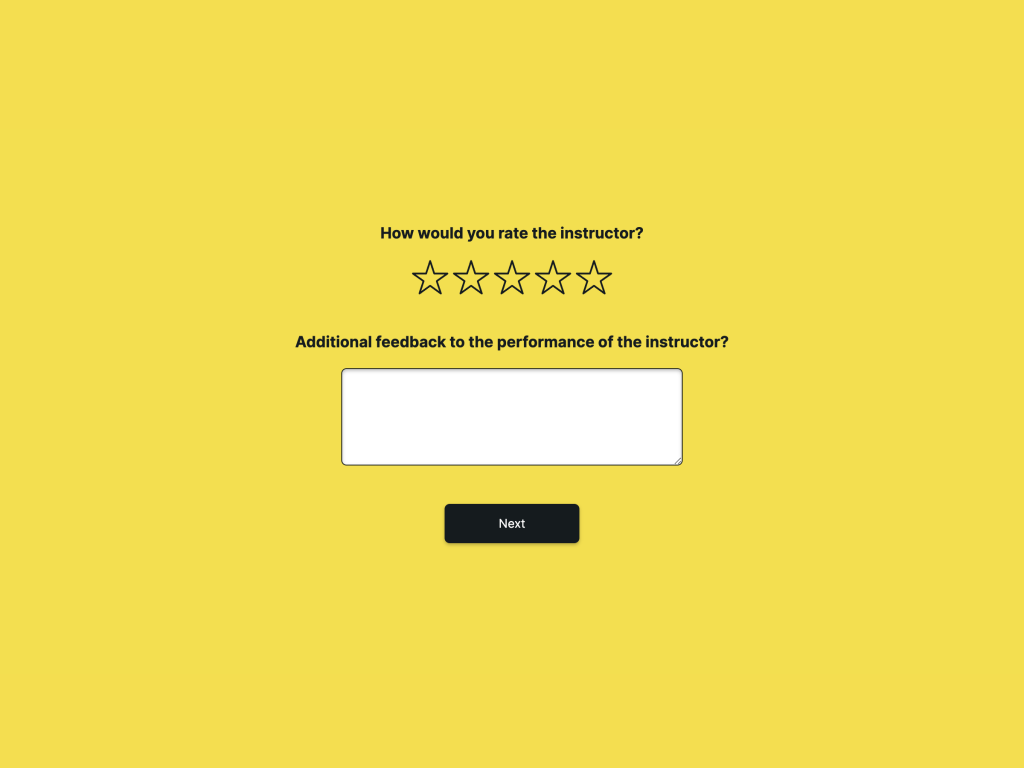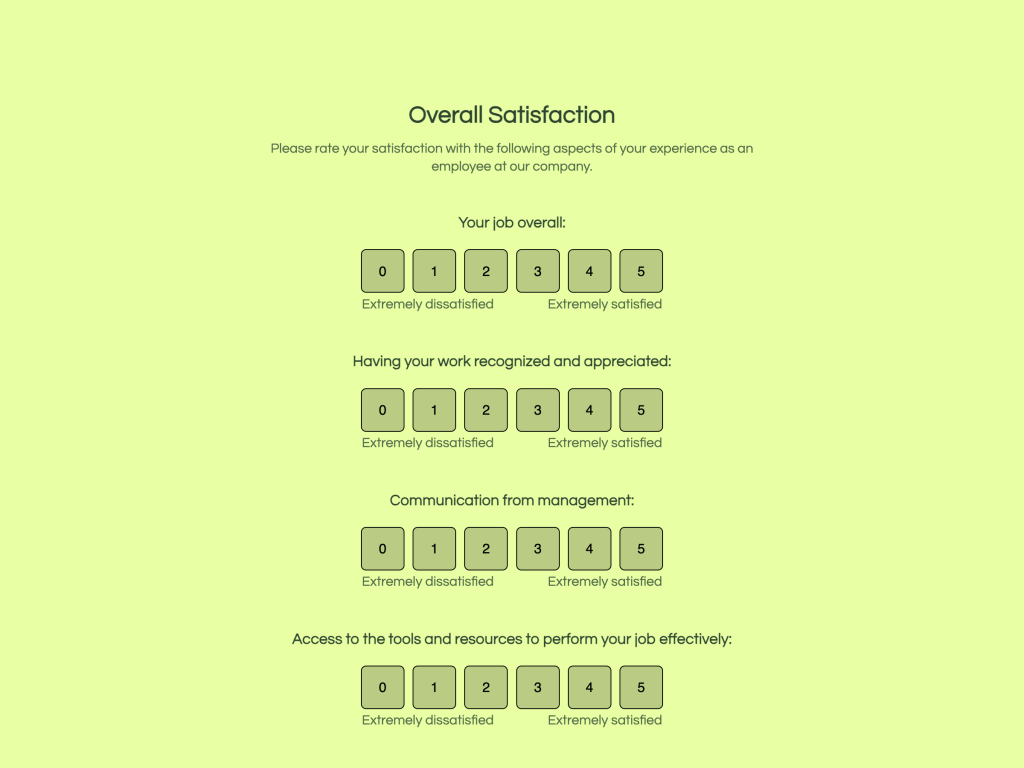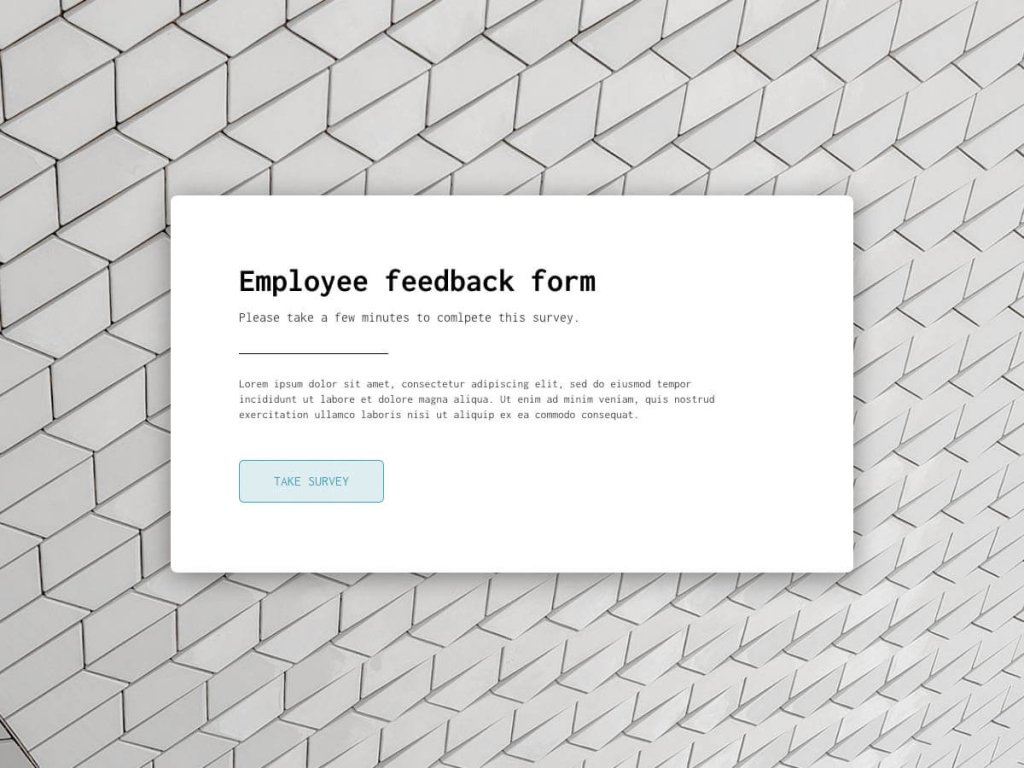Nearly 69% of employees are more likely to stay with a company for three years if they experience great onboarding. Thus, integrating new employees into an organization is necessary not only for their individual success but also for the overall health and productivity of the company.
A well-structured onboarding process can significantly enhance employee engagement and retention, setting the stage for a fruitful and satisfying career.
This article outlines new employee onboarding checklist, emphasizing the use of modern tools and techniques to ensure a seamless integration.
New Employee Onboarding Checklist
1.Employee Onboarding Survey
An onboarding survey is a vital tool for understanding the expectations and preferences of new hires. Therefore, organizations should use onboarding surveys to better meet the individual needs of each employee. This will enhance their initial experience and setting a positive tone for their future at the company. Here is how to create employee onboarding survey within a few minutes.
Step-by-Step Guide to Creating an Onboarding Survey Using involve.me
Start by choosing a reliable online survey builder like involve.me. This platform is known for its user-friendly interface and powerful features that make it easy to create engaging and effective surveys.
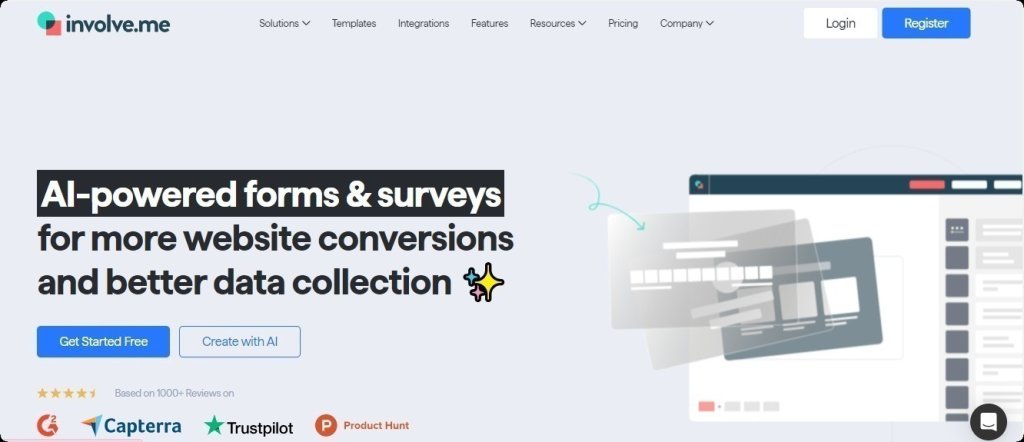
involve.me offers a variety of customizable templates specifically designed for onboarding surveys. Select a template that aligns with the goals of your survey, whether it’s to understand job expectations, gather personal preferences, or assess initial impressions.
Create Your Own Onboarding Forms
Get Started with 350+ Templates
360 Employee Survey Template
360° Employee Evaluation Template
Employee Evaluation Form Template
Employee Onboarding Funnel Template
Employee Engagement Survey Template
Customize your chosen template to reflect your company’s branding and the specific information you wish to collect. This can include questions about previous job experiences, preferences for team interactions, or training needs.
Once finalized, distribute the survey to new hires before their start date or on their first day. This can be done via email or through a direct link provided during their welcome session.
Gather the survey responses and analyze them to extract meaningful insights.
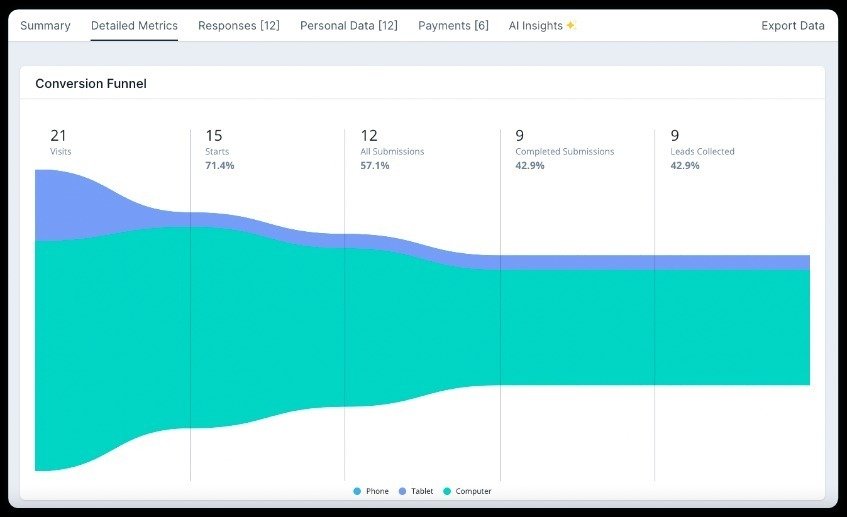
Use the feedback collected to refine and enhance the onboarding experience for future hires. This might involve changes to training programs, modifications in job role presentations, or updates to team introductions.
2. Offer Letter and Documentation
The process of sending employment offer letters and necessary documentation begins with drafting a clear and comprehensive offer letter. This should include details such as job title, salary, start date, and any conditional terms such as background checks or confidentiality agreements.
Additionally, providing a checklist of required documents such as tax forms and identification for background checks, complete with submission deadlines, helps ensure all necessary paperwork is completed timely.
3.Workspace Preparation
One of the most important steps in new employee onboarding is setting up the workspace. This involves providing essential equipment such as a computer, monitor, and telephone. The desk should be stocked with basic office supplies such as pens and notebooks, and personalized with welcoming touches like a note or a plant to make the new employee feel more at home. Conducting an ergonomic assessment of the workspace can also prevent future discomfort or injury, ensuring the area is both functional and welcoming. It's important that the workspace is clean and organized before the new employee arrives.
4.IT and Email Setup
The IT department plays a critical role in onboarding by setting up email accounts and necessary software before the new hire's start date. This involves configuring user accounts and ensuring the new employee has the appropriate access permissions to perform their job. New employees should also be briefed on cybersecurity protocols and password policies to safeguard company information.
5.Welcome Package
Create an engaging welcome package to improve the onboarding experience. This package might include company swag such as branded apparel and practical items like a mug or tote bag. You can also add a detailed employee handbook that outlines company policies, culture, and a directory of contacts is essential.
6.Introduction to the Team
Introducing a new employee to the team should be managed carefully to foster initial connections. Planning a meet-and-greet session in an informal setting such as a team lunch or coffee break encourages relaxed interactions. It is helpful to prepare brief introductions for existing team members, highlighting their roles and relevance to the new hire’s position. Assigning a mentor or buddy can aid in the new employee's acclimation, offering a go-to person for their initial queries and integration.
7.Training Sessions
The initial training sessions are a critical part of onboarding, designed to familiarize new employees with essential company policies, procedures, and the specific tasks of their new roles. These sessions should start with an overview of the company's mission, values, and culture, followed by detailed training on job-specific duties. It is important to structure these sessions to be interactive and include both theoretical and practical components, so that new employees not only understand their responsibilities but also feel equipped to execute them.
8.Tour of Facilities
Provide a comprehensive tour of the office or facility to help new hires understand their workplace environment. This tour should include all important locations such as the main entrance, emergency exits, restrooms, break rooms, meeting rooms, and any specific areas relevant to the employee’s daily tasks.
9.First Assignment
Assigning a first project or task is another important step in new employee onboarding checklist. This assignment should be clearly defined, relevant to the new hire’s role, and manageable within their first few weeks. It serves multiple purposes: assessing the new hire's skills, promoting engagement, and integrating them into the team.
10.Feedback and Adjustment
Collect feedback at the end of the first week to evaluate the effectiveness of the onboarding process. Again, you can use involve.me to create feedback surveys and gather insights from new hires about their initial experiences. These surveys should ask about the clarity of training sessions, the adequacy of resources provided, the new hire’s sense of integration within the team, and any areas they feel require improvement.
Analyze this feedback to make any necessary adjustments to the onboarding process to improve overall employee experience. Here is an example of employee satisfaction survey created using involve.me.
Final Words
This new employee onboarding checklist ensures that each aspect of the onboarding process is handled with care, making new employees feel prepared, warmly welcomed, and deeply valued from the outset. Such a positive introduction sets an encouraging tone for their journey with the company.
We encourage you to follow this checklist, use tools like involve.me to create customized onboarding and feedback surveys, and engage in detailed analysis of your employees' responses. Doing so will help you maintain a dynamic and supportive environment that fosters growth and satisfaction for all employees.



